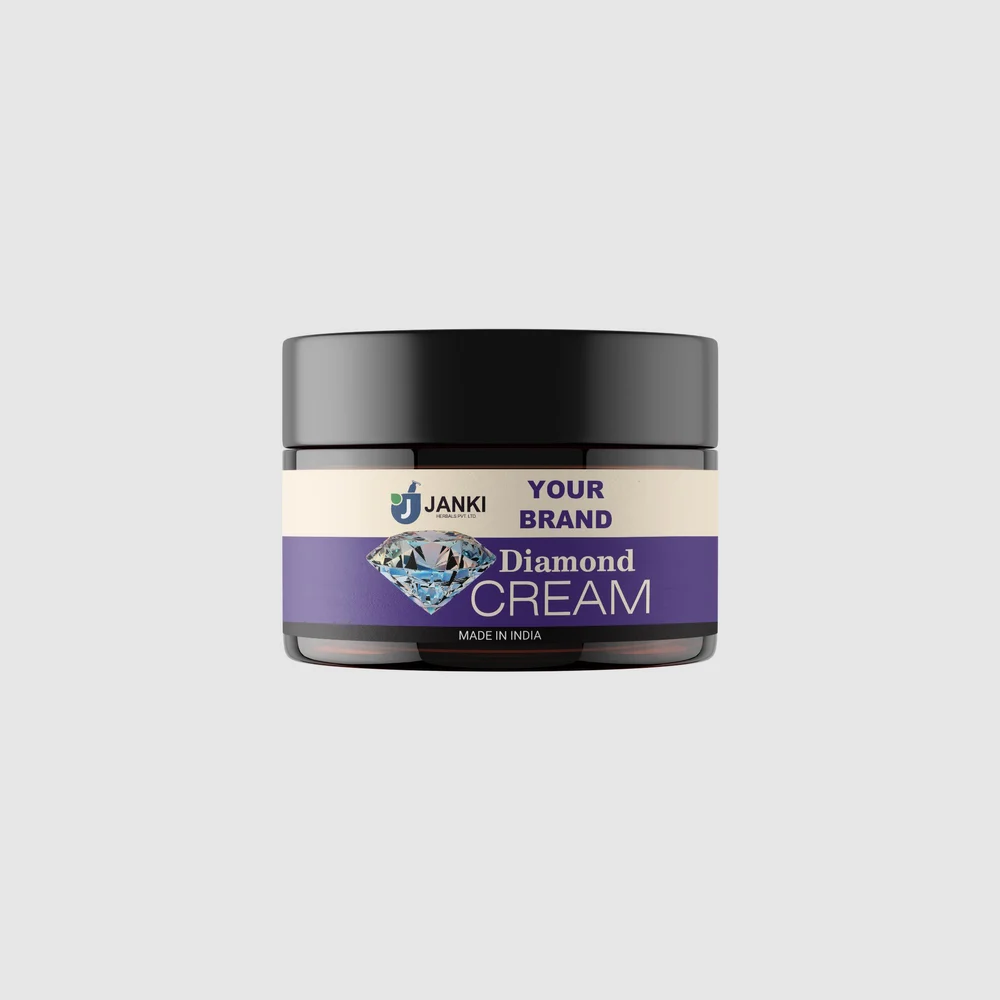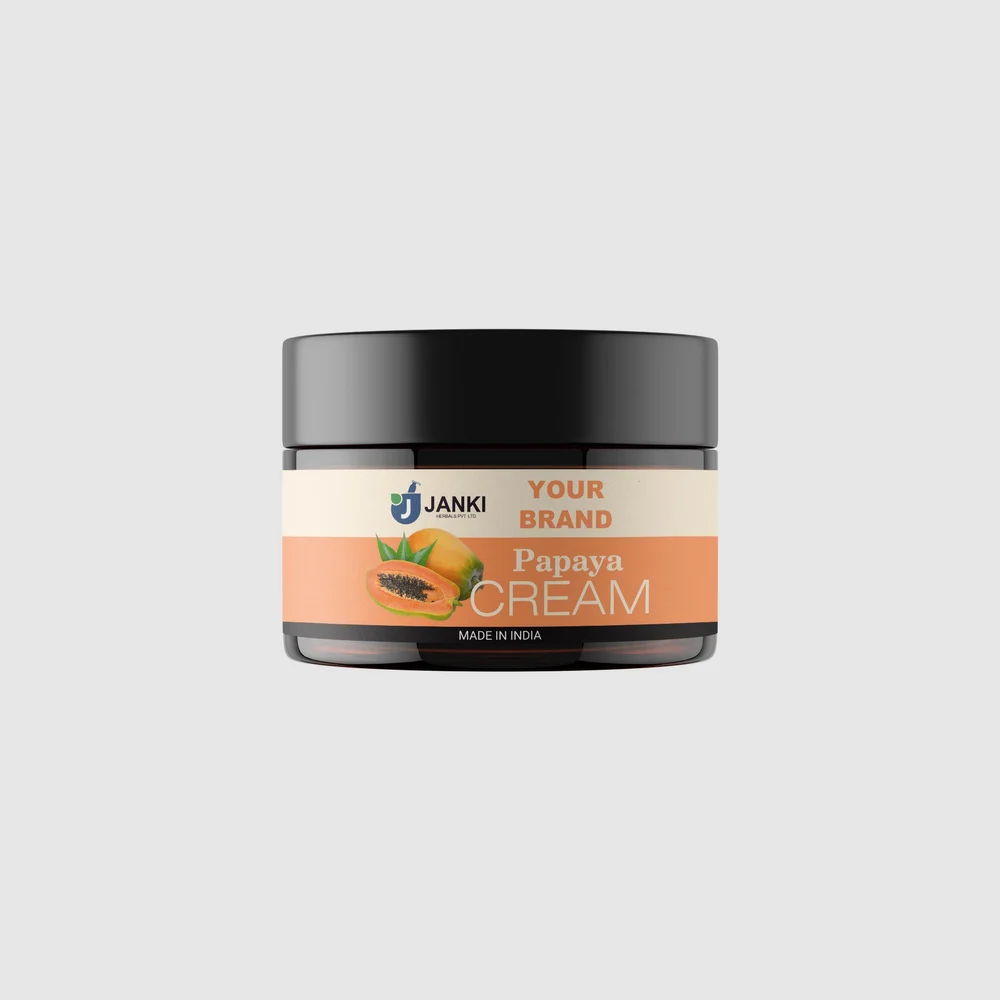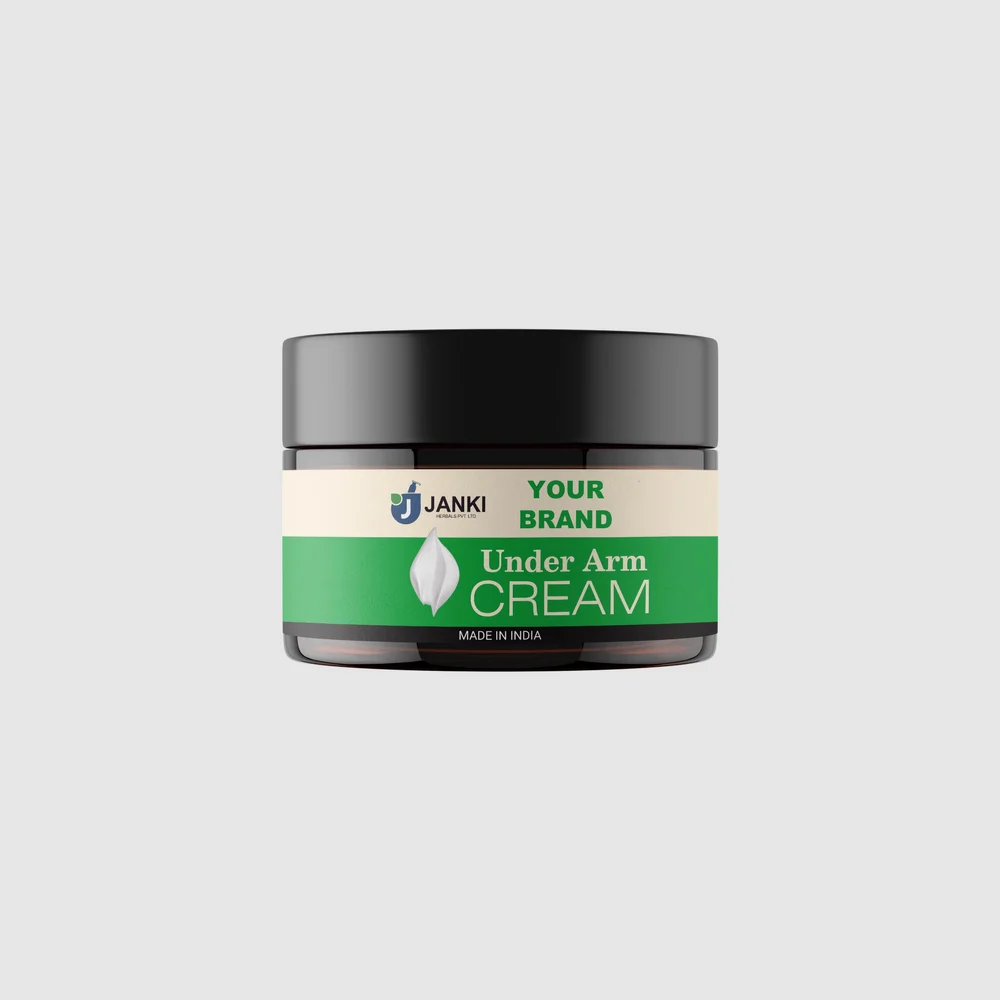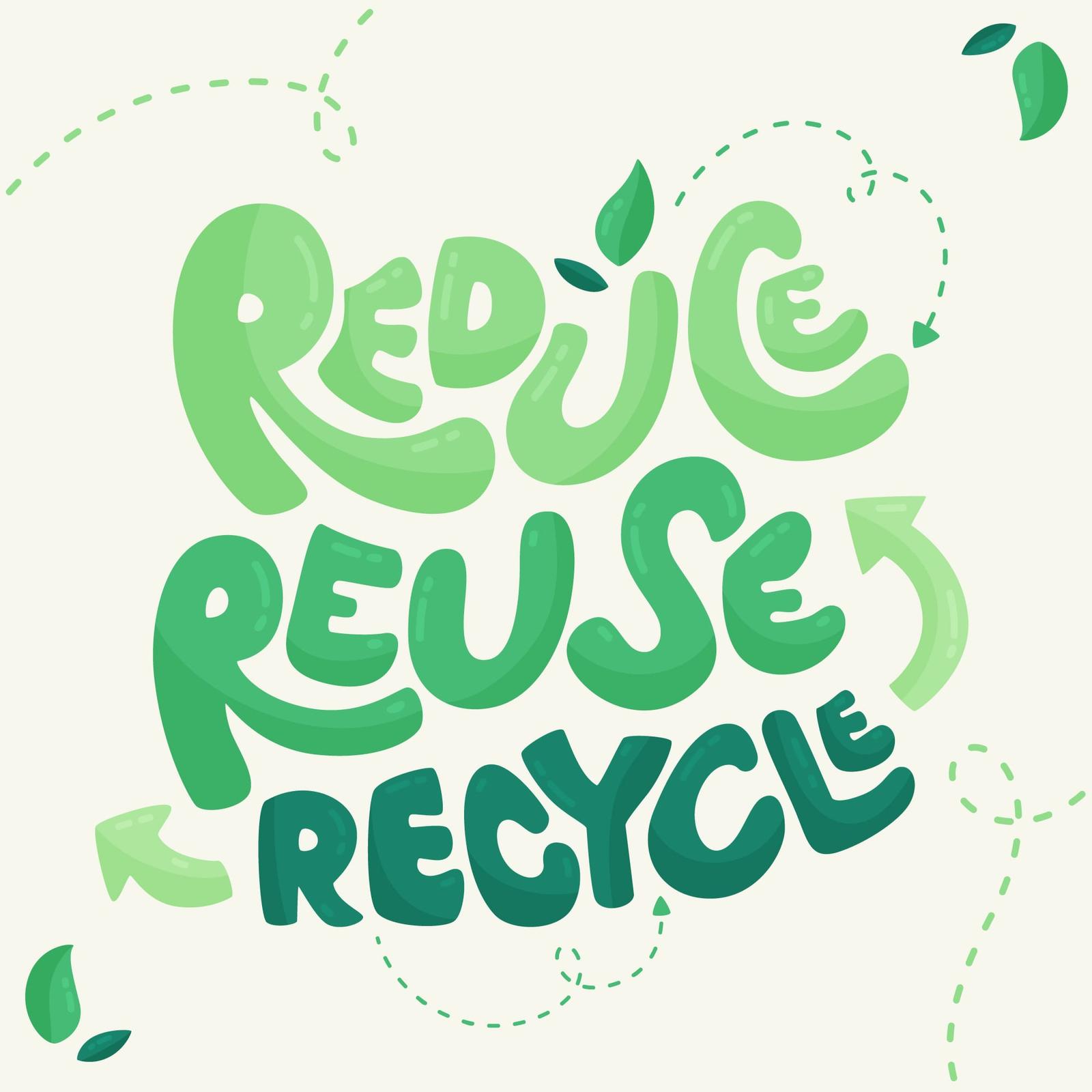Diamond Face Cream
₹30.0
| Skin Type |
All Skin Types
|
| Gender |
Unisex
|
| Form |
Cream
|
| Type |
Herbal Base
|
| Brand |
Your Brand
|
| Packaging Type |
Cream Jar
|
| Type Of Packaging |
Jar
|
| Shelf Life |
36 Months
|
| Paraben Free |
Yes
|
| Usage/Application |
Skin Care
|
| Ingredient |
Herbal
|
| Fragrance |
Diamond
|
| Container Type |
Jar
|
| Freckle Removal |
Yes
|
| Ideal Usage |
Men & Women
|
| Dark Sport Removal |
Yes
|
| Organic |
Yes
|
| Application Area |
Face & Body
|
| Ingredients |
Herbal
|
| Country of Origin |
Made in India
|
| Packaging Size |
50gm, 100gm, 200gm, 300gm, 500gm, 1000gm
|
| Skin Type |
All Skin Types
|
| Gender |
Unisex
|
| Form |
Cream
|
| Type |
Herbal Base
|
| Brand |
Your Brand
|
| Packaging Type |
Cream Jar
|
| Type Of Packaging |
Jar
|
| Shelf Life |
36 Months
|
| Paraben Free |
Yes
|
| Usage/Application |
Skin Care
|
| Ingredient |
Herbal
|
| Fragrance |
Diamond
|
| Container Type |
Jar
|
| Freckle Removal |
Yes
|
| Ideal Usage |
Men & Women
|
| Dark Sport Removal |
Yes
|
| Organic |
Yes
|
| Application Area |
Face & Body
|
| Ingredients |
Herbal
|
| Country of Origin |
Made in India
|
| Packaging Size |
50gm, 100gm, 200gm, 300gm, 500gm, 1000gm
|
You must be logged in to post a review.
Q & A
Sustainability Scientific Report: Diamond Face Cream
1. Introduction
Diamond Face Cream is a luxury skincare product designed to hydrate and rejuvenate the skin using a blend of natural and synthetic ingredients, including diamond powder. As consumer demand grows for sustainable cosmetics, evaluating the environmental impact of Diamond Face Cream through scientific metrics is essential for improving its sustainability profile.
2. Product Composition and Lifecycle
Key Ingredients (Typical for Diamond Face Cream):
-
Diamond powder (microfine)
-
Emollients (e.g., jojoba oil, shea butter)
-
Preservatives (e.g., phenoxyethanol)
-
Water (as solvent)
-
Packaging: Glass jar with plastic lid and cardboard box
Lifecycle Stages:
-
Raw material extraction and processing
-
Manufacturing
-
Packaging
-
Transportation
-
Use phase
-
End-of-life disposal
3. Sustainability Assessment Methodology
The sustainability assessment focuses on three key metrics:
-
Carbon Footprint (kg CO₂ eq)
-
Water Footprint (Liters)
-
Waste Generation (kg)
Calculations are based on a 50 g jar of Diamond Face Cream.
4. Scientific Calculations
4.1 Carbon Footprint Calculation
Data assumptions:
| Component | Emission Factor (kg CO₂ eq/kg) | Quantity per jar (kg) | CO₂ Emission (kg CO₂ eq) |
|---|---|---|---|
| Diamond powder | 12 (mining & processing) | 0.001 (1 g) | 0.012 |
| Emollients | 5 | 0.03 (30 g) | 0.15 |
| Preservatives | 3 | 0.005 (5 g) | 0.015 |
| Water | 0.0003 | 0.014 (14 g) | 0.0000042 |
| Glass jar | 1.5 | 0.1 | 0.15 |
| Plastic lid | 3 | 0.02 | 0.06 |
| Cardboard box | 0.8 | 0.03 | 0.024 |
Total Carbon Footprint:
0.012+0.15+0.015+0.0000042+0.15+0.06+0.024=0.411 kg CO2 eq per jar0.012 + 0.15 + 0.015 + 0.0000042 + 0.15 + 0.06 + 0.024 = 0.411 \text{ kg CO}_2 \text{ eq per jar}4.2 Water Footprint Calculation
| Component | Water Use (L/kg) | Quantity per jar (kg) | Water Use (L) |
|---|---|---|---|
| Diamond powder | 200 | 0.001 | 0.2 |
| Emollients | 1000 | 0.03 | 30 |
| Preservatives | 50 | 0.005 | 0.25 |
| Water (as solvent) | 1 | 0.014 | 0.014 |
| Glass jar | 10 | 0.1 | 1 |
| Plastic lid | 20 | 0.02 | 0.4 |
| Cardboard box | 30 | 0.03 | 0.9 |
Total Water Footprint:
0.2+30+0.25+0.014+1+0.4+0.9=32.764 L per jar0.2 + 30 + 0.25 + 0.014 + 1 + 0.4 + 0.9 = 32.764 \text{ L per jar}4.3 Waste Generation
Waste generation is estimated based on packaging and process losses.
-
Packaging waste = glass + plastic + cardboard = 0.1 + 0.02 + 0.03 = 0.15 kg per jar
-
Process waste (scrap, residues) estimated at 5% of product weight: 0.05 × 0.05 kg = 0.0025 kg
Total Waste Generated:
0.15+0.0025=0.1525 kg per jar0.15 + 0.0025 = 0.1525 \text{ kg per jar}5. Discussion
-
The carbon footprint (0.411 kg CO₂ eq) is moderate for a luxury skincare product but can be reduced by switching to recycled packaging and sourcing ingredients with lower emissions.
-
Water use is high (32.764 L), mainly due to emollient production, suggesting a need for alternative ingredients or water-saving production methods.
-
Waste generated is primarily packaging waste; recyclable or biodegradable packaging could reduce environmental impact.
6. Recommendations for Sustainability Improvement
-
Replace glass jars with lightweight or recycled glass alternatives.
-
Explore biodegradable packaging options for lids and boxes.
-
Source emollients from suppliers with lower water footprints.
-
Implement water recycling in manufacturing.
-
Promote refill programs to reduce packaging waste.
7. References
-
Poore, J., & Nemecek, T. (2018). Reducing food’s environmental impacts through producers and consumers. Science, 360(6392), 987–992. https://doi.org/10.1126/science.aaq0216
-
WRAP (2020). Packaging and the Environment. Waste and Resources Action Programme.
-
Mekonnen, M. M., & Hoekstra, A. Y. (2011). The green, blue and grey water footprint of crops and derived crop products. Hydrology and Earth System Sciences, 15(5), 1577–1600. https://doi.org/10.5194/hess-15-1577-2011
-
Gerassimidou, S., et al. (2021). Life Cycle Assessment of cosmetic packaging. Sustainability, 13(12), 6814. https://doi.org/10.3390/su13126814
-
EPA (2022). Greenhouse Gas Emission Factors Hub. United States Environmental Protection Agency.
General Inquiries
There are no inquiries yet.






Reviews
There are no reviews yet.